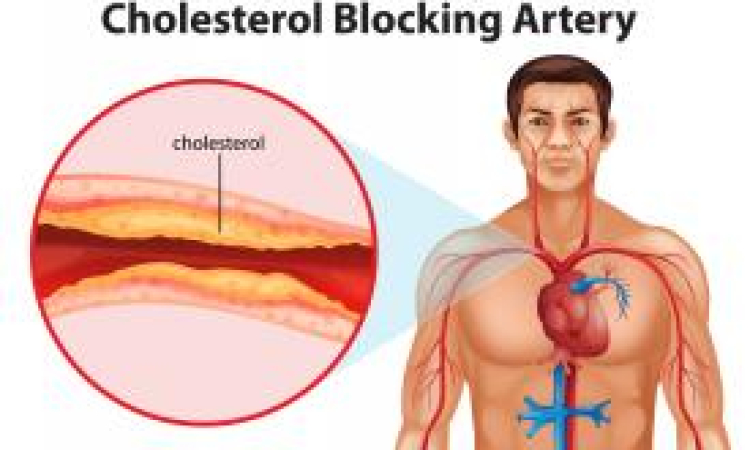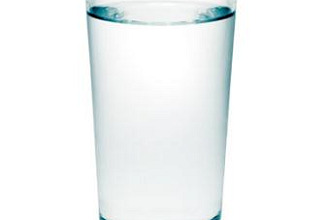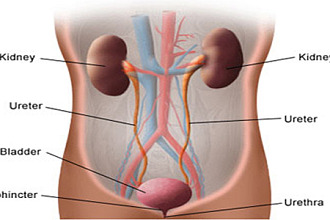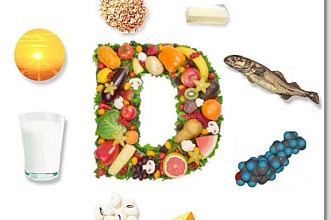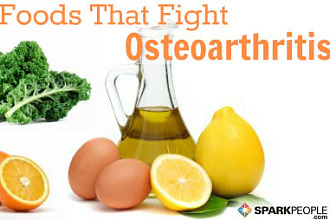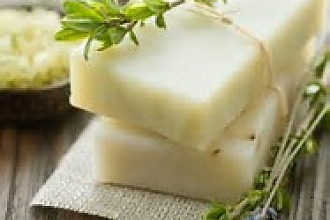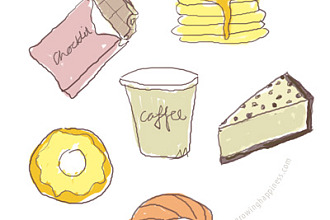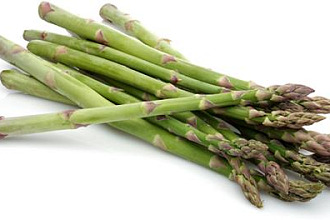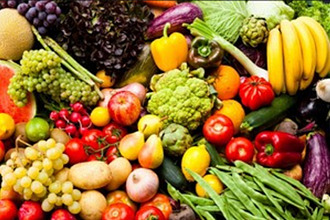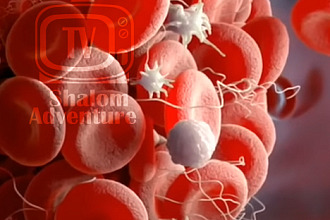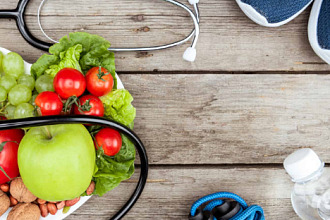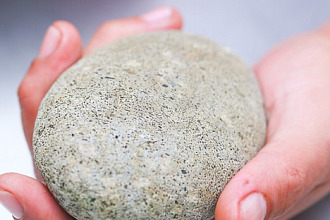Heart and blood vessel disease, such as angina and hypertension; and metabolic disorders such as diabetes and hypoglycemia; and many other ailments are beginning to be recognized as due to the diet we consume. The diet in technologically advanced countries has a total fat content of 40 to 50 percent of calories consumed. It is also very high in refined carbohydrates. An especially damaging food combination is refined fats and refined sugars. Investigators have found that in poorer countries where the people eat 20 percent of total calories in fat, where the diet consists mainly of unrefined carbohydrates as whole grains, fruits and vegetables, these diseases are almost never found. The more the fat and refined carbohydrates eaten, the more degenerative disease is found. It is the total amount of fats of all kinds consumed that matters: the more fat, the more disease symptoms.
In addition to the total fat contained, animal muscle tissue of all kinds—beef, pork, lamb, poultry, fish, shellfish, etc., but especially organ tissue (liver, brains, kidneys, etc.) and eggs (chicken eggs, fish roe, etc.), introduce still another harmful substance into our body—cholesterol. While some cholesterol is needed by the body, the body produces all that it requires. The body can handle (although not so easily) the amount of cholesterol present in about three ounces daily of animal protein (meat, fish, etc.). Any more than that gets stored in the blood and tissues. The excess stored cholesterol in time causes ulcers or abscesses called plaques to form inside the blood vessels. This condition is known as atherosclerosis.
On our usual high fat diet, these plaques begin to form even in very young people, gradually building up over a period of time and narrowing the channels in the blood vessels. This narrowing reduces the amount of blood flow to the tissues. The heart compensates by elevating the blood pressure more and more, eventually producing high blood pressure.
If the coronary vessels that serve the heart become sufficiently clogged by plaques, any circumstance which further reduces the already diminished oxygen supply to the heart muscle will cause the heart to "cry out" in pain—the pain of angina. A slight exertion such as running a short distance, an emotional episode, or even a single big or fatty meal, can bring on an angina attack. In the experiment of one scientific investigator, the angina patients did nothing but drink a glass of dairy cream. Even though they were at complete rest, all of them got angina attacks.
To understand how fat does this, we need to observe what happens after fat is digested. It enters the blood as tiny fat balls, called chylomicrons. When these balls stick onto red blood cells, there is blockage of blood flow to the tiniest blood vessels, the capillaries. The red blood cells then clump together in formation resembling rows of coins which have lost much of their efficiency in picking up and transporting oxygen.
It is this process of depriving the body cells of oxygen that causes cholesterol to form the atherosclerotic plaques. The artery walls become much more easily penetrated by fats and cholesterol when the blood that bathes them is deficient in oxygen, thus encouraging the plaques to form. The plaques cause a gradual deterioration in hearing, vision, joint function, digestion, and finally lead to senility.
On a proper diet the plaques will gradually begin to disappear so that near normal circulation will be restored. By lowering the blood fats by a diet low in fats of all kinds, as well as in refined carbohydrates like sugar, honey and molasses, which become converted to triglycerides (a common fat in the blood), diabetes can also be corrected. High blood fats bring about a situation in which the insulin from the pancreas is unable to effectively act upon blood sugar.
Certain kinds of arthritis also respond well to a diet causing blood fats to fall. High blood fat levels cause the watery part of the blood (plasma) to seep out of the capillaries at an abnormally high rate. The resultant swelling in the tissues provides the environment conducive to the development of arthritic symptoms.
Every member of the family—from the youngest child on, will have better health on this diet. There is much sobering evidence that the average Western diet produces diseased arteries and other problems even in young children. You will also find your food budget goes farther on this diet!
Diet to Lower Cholesterol:
If you are even ten pounds overweight you have a greater likelihood of getting high cholesterol. The following diet will help you get weight off. Don't keep any extra weight, as it can nullify an otherwise excellent program in some people.
Select a Variety from This List:
FRUIT: All fruit, including olives and avocados
VEGETABLES: All vegetables, greens, and herbs
LEGUMES: All peas, beans, lentils, and garbanzos
TUBERS: Yams, potatoes, etc.
CEREALS: All whole grains
NUTS and SEEDS: Walnuts, almonds, some peanuts and cashews, pecans, all seeds
Avoid These:
Sugar, syrup, honey, molasses
Oil, margarine, shortening, peanut butter, other nut butters
No animal products including animal protein
Alcohol and caffeine beverages
Strong spices and salt
Note: the whole fruit has 6 to 10 times as much fiber as the juice. Fiber attaches to cholesterol and takes it out of the body.
Basic Daily Needs on a Therapeutic Diet:
FRUIT: One serving
VEGETABLES: One serving of green and one of yellow vegetables
LEGUMES: One serving of beans, peas, garbanzos, or lentils
CEREAL: One different kind of whole grain daily
TUBERS: Use as desired
NUTS AND SEEDS: One ounce of any
Garlic has been shown to inhibit the synthesis of lipids in the liver and to increase the utilization or serum insulin, benefiting both heart disease and diabetes (Ref: Medical Science Research, 1962, 20:729-731). In a study on the effects of garlic to lower cholesterol and triglycerides, 20 healthy volunteers were fed garlic oil (0.25/mg/kg per day in two divided doses for six months) (Ref: April 1994, The Lawrence Review of Natural Products, St. Louis, Mo.). The treatment significantly lowered average cholesterol and triglyceride levels while raising levels of high-density lipoprotein cholesterol, HDL, the good cholesterol.
Sixty-two patients with coronary artery disease and elevated cholesterol levels were assigned to two subgroups: one group was fed garlic for ten months and the second group served as the untreated controls. Garlic decreased the cholesterol, triglyceride, and low-density lipoprotein cholesterol (LDL, the bad kind), significantly, while increasing the HDL fraction.
A study conducted by Tulane University revealed that total cholesterol levels in those taking garlic tablets dropped by six percent and LDL cholesterol was reduced by 11 percent. Researchers at the University of Kansas discovered that garlic tablets reduced the susceptibility of LDL oxidation by 34 percent compared to the placebo group.
Walnuts have a more favorable ratio of total to saturated fatty acids than any other food. A couple of tablespoons of walnuts taken daily can be an important factor in controlling cholesterol. The total cholesterol to HDL ratio dropped from 4.0 to 3.7 for 31,000 Seventh-day Adventists taking nuts at least five times a week, and had half the risk of fatal heart attacks of those who had nuts less than once a week. Even in as short a time as two months the difference can be seen (Ref. Columbus Ledger Enquirer, Thursday, March 4, 1993, p.B3).
Volunteers took a diet containing 20 percent of calories from walnuts, as compared to a diet entirely nut free: the no-nuts volunteers had a six percent reduction in cholesterol, and an additional twelve percent when they switched to the walnut diet for two months. Walnuts contain Omega-3 fatty acids which have a cholesterol lowering effect. The volunteer's ratio of total cholesterol to HDL dropped from 4.0 to 3.7. This ratio is considered by many to be the most accurate measure of heart attack risk (Ref: Columbus Ledger Enquirer, Thursday, March 4, 1993, p.B3; "Walnuts lower lipids," The New England Journal of Medicine, July 1993).
Cholesterol elevation can be helped by a number of herbs: garlic, ginger root, hawthorn berry, myrrh, psyllium, and turmeric. A tea made from one teaspoon of powdered myrrh, steeped for ten minutes in boiling water, is believed to help bring cholesterol down. Use two cups per day. Another tea can be made from one tablespoon of powdered hawthorn berries, with or without one tablespoon of powdered turmeric, boiled gently in one quart of water for 20 minutes. Strain and drink the entire quantity in one day. Ginger root has also been reported to be helpful.
Psyllium seed, one to three teaspoons stirred into a glass of water, two or three times daily, has a cholesterol lowering effect and also helps prevent cancer of the colon. Its cost is one-tenth that of cholesterol lowering drugs, and it is just as effective, or more, than the drugs, without any of the serious side effects which can be seen with the drugs.
Prunes help reduce cholesterol. A University of Minnesota study found that eating twelve prunes a day—about three ounces—helped reduce blood cholesterol levels in 41 men with elevated levels of LDL. Three ounces of prunes contain 239 calories, 7 gm. of fiber, and 745 mg. of potassium—more than a banana. Prunes are high in iron and are a good source of beta carotene. Prune paste can replace high-fat shortening in a variety of baked goods, including brownies and bran muffins. Prune paste is made of pitted prunes, vanilla, and water. You can make your own by blending one cup of pitted prunes with six tablespoons of water and two teaspoons of vanilla. It can be kept in the refrigerator for several days. When substituted for shortening in baked goods, prune paste reduces the fat in the recipe by at least 75 percent (Ref. Prodigy® Interactive Personal Service 10/16/91). Prunes can help meet low-fat, high fiber diet guidelines recommended by health groups from the American Heart Association to the National Research Council (Ref. Washington Post Health Week).
Use amaranth, the ancient Aztec grain which was lost for many centuries, but has recently been re-found. It has a form of vitamin E, and is able to reduce cholesterol substantially. It can be used as a breakfast cereal or to make vegetarian roasts. The flour can be used in waffles.
A chemical has been found in purple grapes and purple grape juice, resveratrol, which lowers cholesterol in rats. It is present also in raisins. Perhaps a glass of grape juice every day would be helpful. Even if it weren't helpful, the treatment is a pleasant one, and certainly not harmful.
To lower your blood cholesterol, you should totally eliminate all free fats—margarine, mayonnaise, fried foods, cooking fats, salad oils, and peanut butter. In addition, you must eliminate all dairy products, including non-fat dry skimmed milk (we do not know why it is that it causes an elevation in cholesterol, but somehow it stimulates the liver to produce its own cholesterol), reading labels to make certain that there are no whey products, sodium caseinate, or sodium lactate, no eggs or egg products, not even egg whites, and no flesh meats of any kind for a full six months. If you are overweight at all, that should be brought down by eating nothing between meals, nothing after four in the afternoon, and by reducing all high calorie foods from your diet: such food additives as sugar, honey, syrup, molasses, etc. All members of the brown drinks (coffee, tea, colas and chocolate), are capable of keeping cholesterol high. Alcohol is another enemy likely to elevate cholesterol. Not eating enough of vegetables and legumes is likely to cause anybody to keep a high cholesterol level, as are watching TV, smoking, and lack of exercise. The more raw foods you eat—the better for you. Also, the total variety of foods you eat counts toward your cholesterol set-point.
Charcoal and Cholesterol:
Activated charcoal has been found to lower the concentration of total lipids, cholesterol and triglycerides in the blood serum, liver, heart, and brain. A study reported by the British journal Lancet, found that patients with high blood cholesterol levels were able to reduce total cholesterol 25 percent. Not only that, but while LDL was lowered as much as 41 percent, HDL/LDL cholesterol ratio was doubled! The patients took the equivalent of roughly one quarter ounce (approximately one tablespoon) of activated charcoal three times daily. Another study conducted by the National Institute of Public Health in Finland suggested that activated charcoal was as effective in reducing high cholesterol levels as the drug, lovastatin. More studies are needed in this area. Charcoal therapy is certainly considerably less expensive, while possessing none of the dangerous side effects of drugs. Our own experience has been that charcoal is a valuable part of a total cholesterol reducing program, but that long-term lifestyle changes must be maintained to permanently reduce high cholesterol.
Exercise:
Probably the easiest single thing to do that has a great effectiveness in bringing the cholesterol down is exercise. Begin your program today. That must include at least 30 minutes of brisk outdoor exercise, such as walking, brisk pace gardening, or some other very active outdoor exercise. The closer the outdoor exercise is after a meal, the greater the likelihood that you will benefit both by reduction of cholesterol and reduction in weight, if that is also a problem. Maintain good posture at all times—during exercise, sleep, standing, sitting, etc. Do not allow yourself to indulge the inclination to stoop at your work.
For more information contact:
Uchee Pines Lifestyle Center
30 Uchee Pines Road #75
Seale, Alabama 36875
Tel. 334-855-4764
www.ucheepines.org
Originally found here
Picture originally found here

